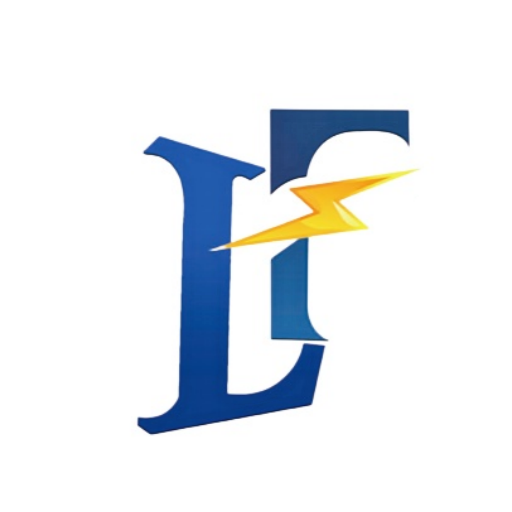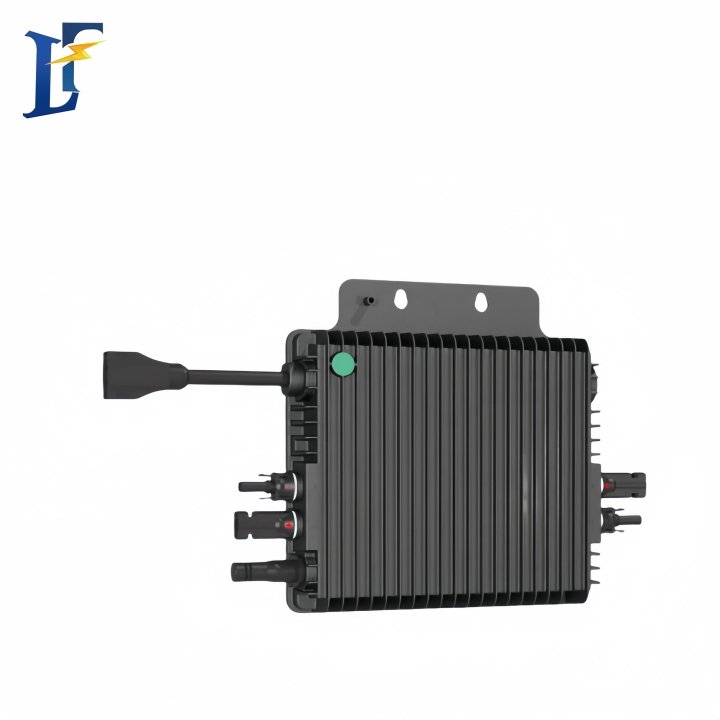600W 800W Micro Inverter Solar
Rated output power: 600 W 800 W
Nominal output current: 2.6 A 3.48 A
Max output power: 600 W 800 W
Nominal grid voltage: 230 (single-phase)
Grid voltage range: 184 V ~ 264 V AC 194 V ~ 264 V AC
Nominal grid frequency: 50 Hz / 60 Hz
600W 800W Micro Inverter Solar Technical Specification
| Mechanical Data: | 600W | 800W |
| Dimensions(W ×H ×Dcm): | 22.5× 22.5 ×3.7 cm | 22.5 × 22.5 ×3.7 cm |
| Weight: | 2.7 KG | 3.6KG |
| PV Input (DC): | ||
| PV max input power: | 350W× 2 | 450W × 2 |
| PV max input voltage: | 60 V | 60 V |
| Start-up voltage: | 30 V | 30 V |
| MPPT voltage range: | 25 ~ 55 V | 25 ~ 55 V |
| Full load MPPT voltage range: | 33 ~ 55 V | 33 ~ 55 V |
| Operating voltage range: | 16 ~ 60 V | 16 ~ 60 V |
| Max input current: | 12A × 2 | 12A × 2 |
| Max input short-circuit current: | 20A × 2 | 25A × 2 |
| Number of MPP trackers: | 2 | 2 |
| AC Output: | ||
| Rated output power: | 600 W | 800 W |
| Nominal output current: | 2.6 A | 3.48 A |
| Max output power: | 600 W | 800 W |
| Nominal grid voltage: | 230 (single-phase) | 230 (single-phase) |
| Grid voltage range: | 184 V ~ 264 V AC | 194 V ~ 264 V AC |
| Nominal grid frequency: | 50 Hz / 60 Hz | 50 Hz / 60 Hz |
| Max total harmonic distortion: | < 3% (rated power) | < 3% (rated power) |
| Power factor: | > 0.99 | > 0.99 |
| Max parallel | 8 PCS | 6 PCS |
| Anti-islanding protection: | Yes | Yes |
| AC short circuit protection: | Yes | Yes |
| System: | ||
| Max efficiency: | 94.20 % | 94.20 % |
| Protection class: | CLASS I | CLASS I |
| Protection level: | IP67 | IP67 |
| Cooling method: | Natural cooling | Natural cooling |
| Monitoring: | WIFI | WIFI |
| Operating temperature range: | -40 ~ +65 °C | -40 ~ +65 °C |
| Manufacturer’s warranty: | 10 years | 10 years |
- The differentiate microinverters from traditional string inverters:
- Individual Panel Conversion: Unlike string inverters, which convert the DC power from a series of panels (called a string), microinverters are attached to each individual panel. This allows each panel to operate independently, maximizing energy production, especially when panels are shaded or when they face different directions.
- Increased Efficiency: Because microinverters operate independently for each panel, any performance issue with one panel (due to shading, dirt, or malfunction) doesn’t impact the other panels in the system. This increases overall efficiency, as the system can still operate at full capacity, even if some panels are underperforming.
- Grid-Tied Capability: Microinverters are designed to work with grid-tied systems, meaning they can send excess electricity back to the utility grid, allowing homeowners to receive credits (in some regions) through net metering or sell the electricity to the grid.
- Safety: Since microinverters convert DC to AC at the panel level, the system operates with low-voltage DC power running through the system, which can be safer compared to the higher-voltage DC in string inverters.
- Monitoring: Many microinverters come with monitoring capabilities, allowing users to track the performance of each individual panel. This can be especially helpful for identifying any issues or underperforming panels.

